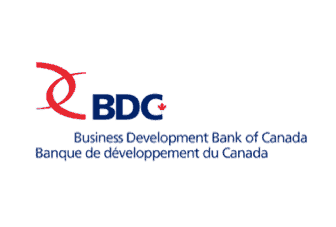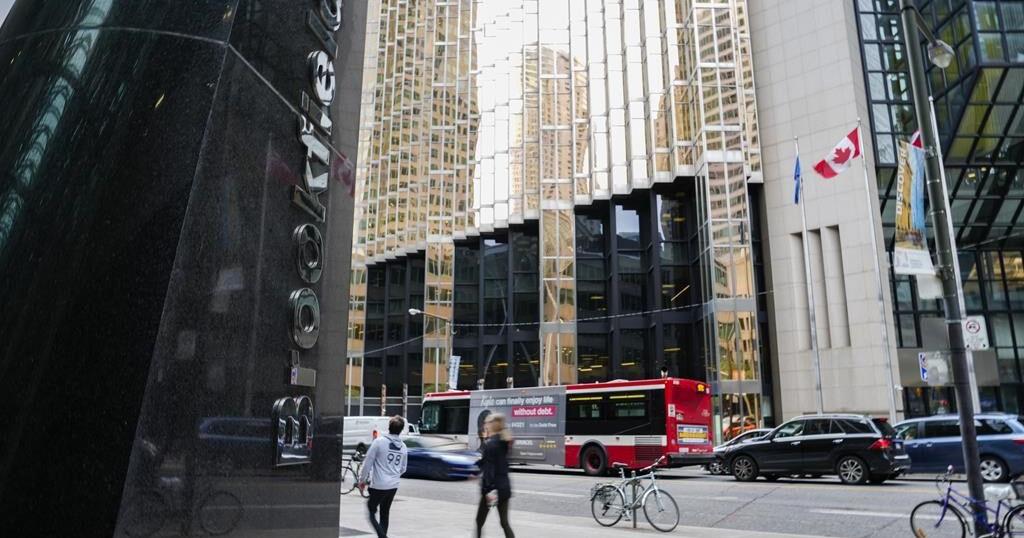The Business Development Bank of Canada (BDC) was founded in 1944 to help Canadian entrepreneurs and small and medium-sized businesses (SMEs). The bank does this by providing financing, capital, and advisory services.1https://a79b84df426321cdffdc94201bf98d17.safeframe.googlesyndication.com/safeframe/1-0-38/html/container.html
The Business Development Bank of Canada is solely owned by the Government of Canada. The BDC has provided $36.5 billion to 62,000 entrepreneurs. The bank says its clients employ one million Canadians and generate $350 billion in annual revenue.
Understanding the Business Development Bank of Canada (BDC)
The BDC’s origins date to 1944, when the Canadian Parliament created the Industrial Development Bank. It was later known as the Federal Business Development Bank and became the Business Development Bank of Canada in 1995, when Parliament updated its structure and mandate.
Under its present structure, the BDC no longer acts as a lender of last resort. Instead, its mission is to provide services that complement those offered by traditional financial institutions. It must also fill gaps in the lending market by focusing on the financial needs of SMEs, knowledge-based industries, and traditional sectors, as well as serving entrepreneurs that traditional financial institutions often overlook, such as Aboriginals, women, and young people.3
BDC’s core services include providing business loans, advisory services, and wholesale financing. It also runs a cleantech practice, which provides equity and commercial loans for businesses engaged in clean technology. Its subsidiary, BDC Capital, acts as a venture capital arm in addition to making investments in more established companies.4
The BDC is a “B Corporation,” meaning it is certified as a “Beneficial” company that meets high standards of public transparency and legal accountability, while creating social and environmental benefits.2 B Corporations are described as businesses that balance purpose and profit. More than 3,800 businesses in 74 countries have been certified as a B Corporation, and their ranks include well-known brands such as Ben & Jerry’s, shoe retailer Allbirds, and yogurt company Stonyfield Organic.5
BDC is also a Crown corporation, a wholly owned federal or provincial organizations structured like private or independent companies. Among them are important enterprises such as the Canadian Broadcasting Corporation, VIA Rail, Canada Post, and the Bank of Canada, as well as various provincial electric utilities.6
Because of this, the BDC is financially sound and can extend loans and provide aid to ventures that traditional banks and financial channels may deem too risky or unprofitable.
Related


































